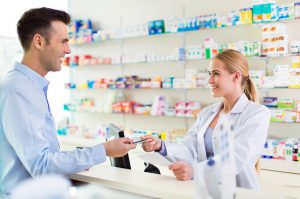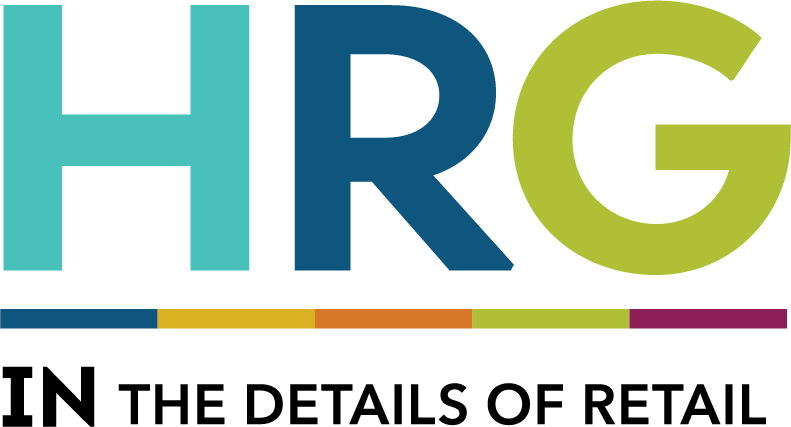By Jen Johnston, CHHC, senior marketing services account manager
As a sales and marketing leader looking into retail channels to support the growth of your OTC or personal care brand portfolio, you may hear two very differing opinions on the state of independent pharmacy. On the one hand, you may hear about dwindling store counts and acquisitions by large retailers, leading you to believe you do not really need a strategy for this class of trade.
Yet on the other hand, you may hear the independent sector is thriving and everything is 100% rosy!
The truth lies somewhere in the middle.
Many pharmacies aren’t surviving these days. Between mail-order prescriptions keeping people out of the store, big box and online competitors offering greater selection, DIR fees cutting into profits, and failure from long-standing operators to innovate, a lot of independently-owned outlets are indeed simply closing up shop.
While it is true the independent pharmacy channel has lost 1,339 stores since 2011, there are also many new independents opening each year that are run by savvy millennial entrepreneurs looking to make their mark as more than just drug dispensers, and many more existing operations that are looking to innovative services and products to help them differentiate as wellness hubs.
Health, beauty, and wellness brands typically have budgets for going after or retaining chain accounts. However, brands that don’t have a strategy to grow within independent pharmacies begin to erode their market share as competitors who have a solid growth plan in the channel forge ahead.
What follows are eight solid stats that may make you give the independent pharmacy channel another look (or help you convince your boss that you need a strategy for it).
1) 35% percent of all retail pharmacies in the United States are independently owned.
That equates to nearly 22,000 doors! Compare that to Walgreens which has approximately 9,277 stores and CVS which has just over 9,900. Brands spend a large amount of time trying to land these two important retailers because they operate in nearly every state; and yet there are many communities with smaller populations they do not serve. Don’t you want ideal exposure for your brand across all pharmacies?
2) 74% of community pharmacies serve population areas of 50,000 or fewer.
This is important because it is independently owned pharmacies that often fulfill the health and wellness needs within areas chain pharmacies won’t. So, if your brand isn’t found on their shelves or isn’t being recommended over your competitor, you are missing out on potential sales, not to mention the word-of-mouth recommendations that come from consumers in those communities!
3) Approximately 10% of a typical independent pharmacy’s sales come from the front end.
(The remaining 90% comes from prescription sales). Smart brands are shipping shelf signs, usage guides, and educational materials directly to the stores to use with consumers as a way to encourage more front-end product sales. A win for the pharmacy is a win for the brand.
4) 73% of pharmacists said their front-end business was either growing or holding steady.
This statistic is from 2012, but the survey is poised to be redone in 2020. Many pharmacies are putting a lot more effort into their front ends these days because prescription gross margins continue to decline, and they can make a lot more margin with OTC and personal care items. (The average margins on front-end merchandise are 15% higher than the margins on prescription sales!)
5) 10 is the average number of OTC recommendations made by independent pharmacists per day.
They probably won’t be recommending your brand if you have not educated them on how it stands out from your competitor or presented the scientific or clinical details behind your formula or ingredients.
6) 189 is the average number of prescriptions an independent pharmacy fills each day.
If your product is a logical add-on item for prescription patients, your marketing strategy needs to include educating pharmacists about the clinical benefits of your product and providing them with the sales tools or talking points they need to recommend it to their patients.
7) 71% of independent pharmacies offer same-day delivery service, and 76% of them don’t charge for it.
This is a major value-add for consumers and a good reason why they might choose to shop an independent over a chain. (One chain charges $8.99 for same day delivery!)
8) 86% of independent pharmacies have a Facebook page.
These stores are connecting with their shoppers outside of their four walls; however, these time-strapped pharmacies are hungry for social media content. Imagine how your brand will stand out from competitors (and reach more consumers) when you give the pharmacies a preloaded set of branded messages they can deploy over the next year!
At HRG, we know that there may be some inside your organization that may not yet understand the value of pursuing the independent class of trade. Perhaps you were even once one of them! We have helped our clients put together presentations that help their company’s leaders realize how much money can be generated across this channel. Then we’ve helped them craft and execute a solid retail execution plan. If you need help getting started or want to begin outreach to as many as 20,000 independents, we are only a phone call or email away.
